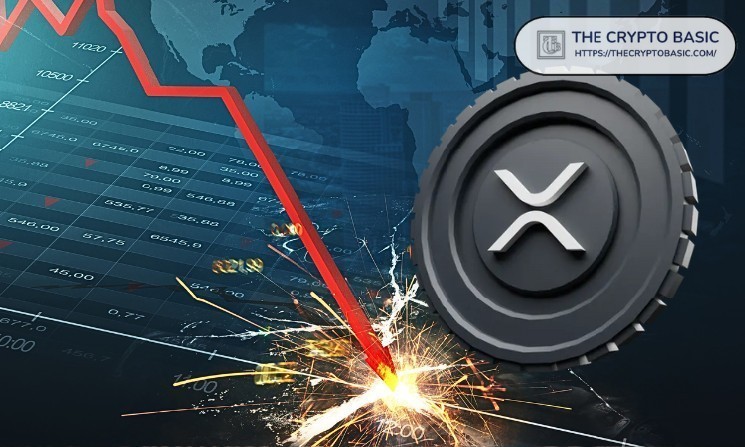Bitcoin BTC$86,842.13 has lost its footing, both on an absolute basis and relative to U.S. equities.
According to Adrian Fritz, chief investment strategist at crypto investment firm 21Shares, the divergence between crypto and stocks comes down to macro pressure, investor sentiment and what he calls a “panda market” — not a full-blown crypto winter, but still bearish action.
“Technically, we’ve entered a bear market,” Fritz said in an interview with CoinDesk. Bitcoin has fallen more than 30% from its highs, breaching the 50-week moving average — a level that historically signals broader shifts in market momentum. Altcoins, meanwhile, have tumbled even harder, with many dropping 50% or more.
Bitcoin has fallen 22% over the past month, a sharp drop compared to traditional markets. Over the same period, the S&P 500 has slipped just 2.5%, while the Nasdaq — an index that bitcoin has historically moved in step with — is down 4%.
Fritz attributes this to the outsized influence of artificial intelligence. “If you exclude the Magnificent Seven, the S&P isn’t up by much,” he said. “But AI is clearly driving sentiment. It’s the shiny new toy on Wall Street.”
That "new toy" may also be siphoning off capital that could have gone into crypto. Fritz argues that while the convergence between AI and blockchain has long been anticipated — such as using blockchain for content authenticity in the age of deepfakes — the actual overlap in investment cases remains limited. “People feel the impact of AI every day. Blockchain still hasn’t delivered that moment,” he said.
Another drag on crypto: leverage. The recent market correction began in early October with $20 billion in liquidations. Since then, daily liquidations of $500 million have become common. According to Fritz, this washout, combined with the absence of fraud or major hacks (which defined past crypto downturns), points to excessive risk-taking as the root cause.
The pullback has prompted even long-term holders — or “wealthy bitcoin investors,” as Fritz calls them — to lock in profits. “If you bought in 2011 and you’re up billions, selling a few hundred million now isn’t going to change your life,” he said.
Meanwhile, gold is once again proving to be the asset of choice during uncertain times, rising to new highs on a weekly basis earlier this year, though it's also fallen about 10% from record levels of late. “Bitcoin still trades like a risk-on asset,” Fritz said. “Yes, it has gold-like properties — fixed supply, predefined issuance — but it’s liquid and trades 24/7. That means it reacts fast to sentiment.”
Still, technical indicators show mixed signals. A bounce is possible, but a failure to reclaim resistance at $102,000 could confirm further downside, with the 200-week moving average around $55,000 acting as a worst-case support.
Looking ahead, Fritz remains cautiously optimistic. He expects more volatility through year-end but sees catalysts like regulatory clarity and falling interest rates supporting a bitcoin rebound in 2026. “I’m not worried about bitcoin,” he said. “But the broader altcoin market needs to mature. Investors want more than hype — they want real revenue or staking yields. Fundamentals are back.”
As for AI tokens or other blockchain-AI hybrids, Fritz says they may eventually attract attention, but the narrative hasn’t caught on in a meaningful way yet. Until then, crypto may continue to lag behind a stock market still riding a very different kind of wave.








